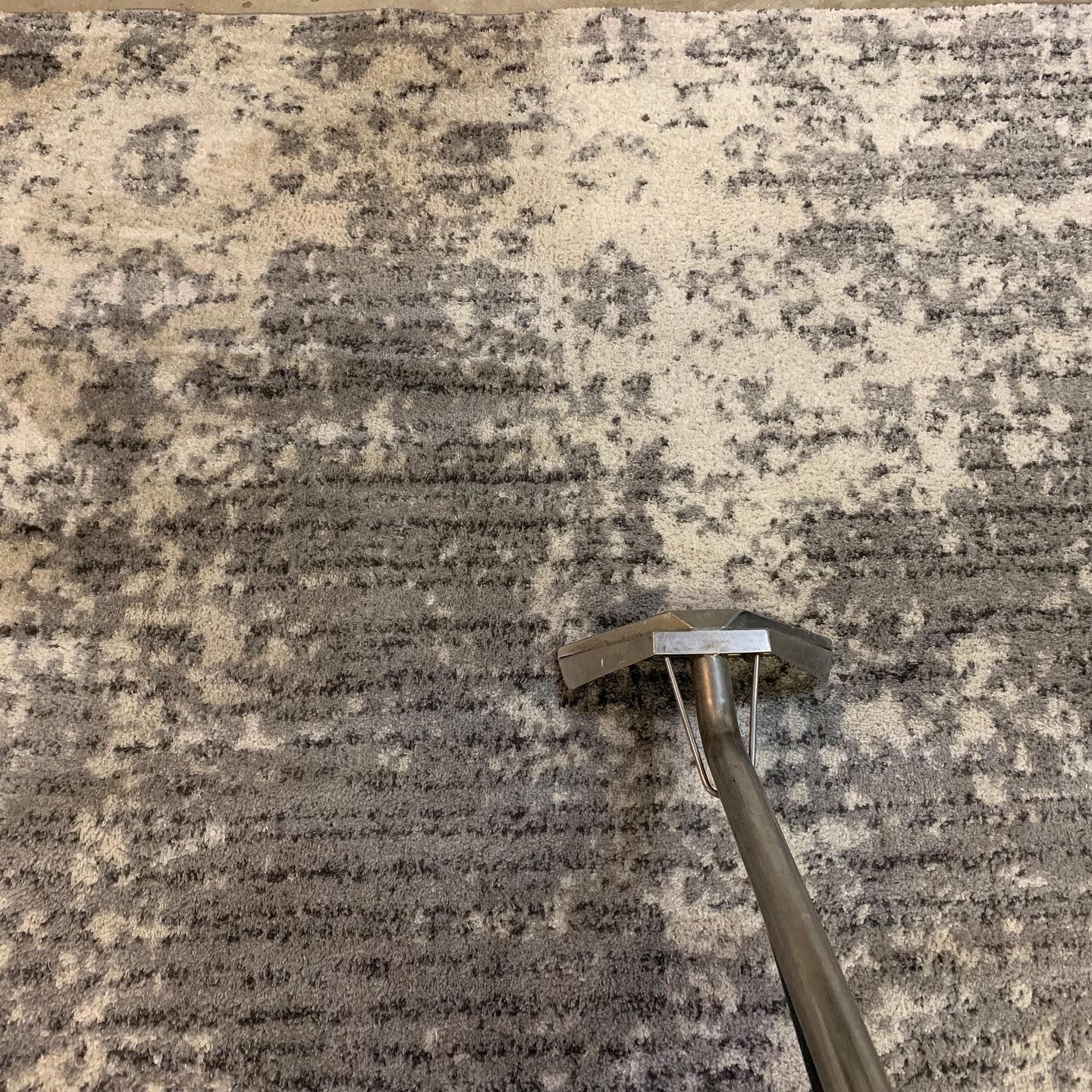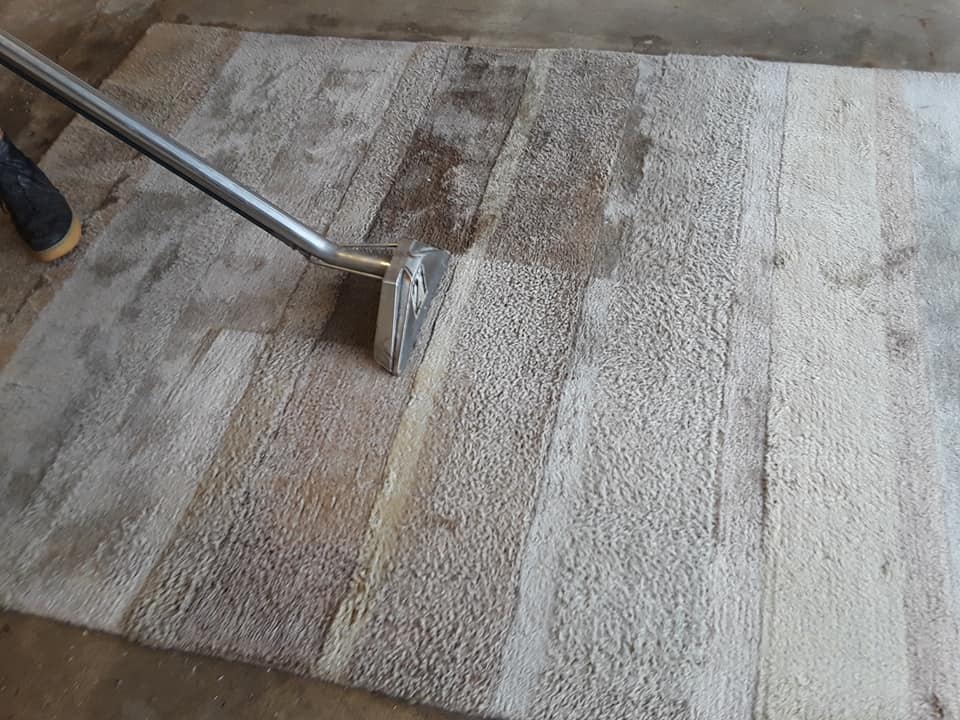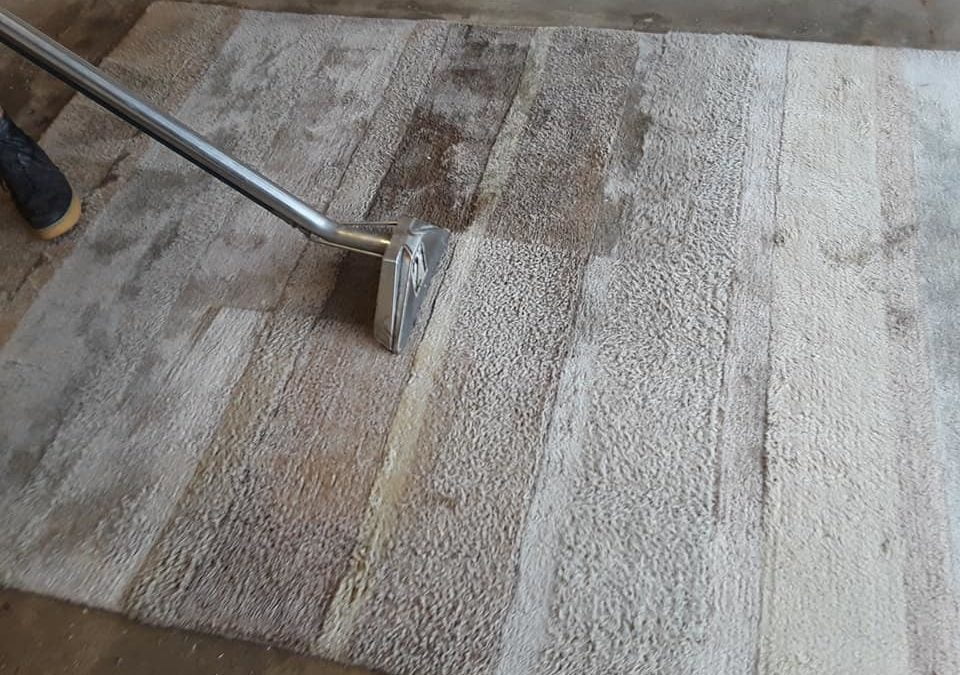Top Strategies to Safely Remove Mold from Carpet: A Homeowner’s Guide
Mold in the carpet—it’s every homeowner’s nightmare. Not only does it pose a serious health risk, but it also threatens the aesthetic appeal of your home. Mold can easily develop in carpets, especially in damp or humid conditions, and if left unchecked, it can spread rapidly. Tackling mold isn’t just about preserving the look and feel of your carpet; it’s about safeguarding the health of everyone in your household. This guide will walk you through the top strategies to effectively and safely remove mold from carpet, ensuring your home remains a healthy haven.
Identifying the Presence of Mold
Mold growth in carpets can be a silent invader, often going unnoticed until it affects both the appearance of your home and your well-being. Identifying the presence of mold early is crucial in preventing extensive damage and potential health issues. One of the initial signs of mold is a persistent, musty odor that lingers in your home despite regular cleaning. This distinctive smell is often the first indication that mold may be lurking beneath the surface. Additionally, visual cues like discoloration or dark spots on the carpet can signal mold growth. These areas may appear damp or feel different to the touch, indicating that moisture has seeped in, creating a breeding ground for mold.
Beyond the physical signs, mold presence can also manifest in health symptoms among household members. Mold spores can trigger allergic reactions, such as sneezing, coughing, and skin irritation, particularly in individuals with respiratory sensitivities. If you notice an uptick in allergy-like symptoms that coincide with time spent at home, mold may be the culprit. Early detection and identification of mold are imperative not only to protect your carpet investment but also to safeguard your family’s health. By staying vigilant for these signs, homeowners can take timely action to address mold issues, ensuring their living spaces remain safe and comfortable.

Remove Mold From Carpet
Using Natural Remedies
For homeowners looking to tackle mold in carpets using natural remedies, several effective solutions can be employed to ensure safety and environmental friendliness. Vinegar, a staple in many households, stands out for its antifungal properties. To use vinegar, simply mix equal parts water and white vinegar in a spray bottle, then generously apply it to the affected area. Allow it to sit for an hour before blotting with a clean cloth. This method not only helps eliminate mold but also neutralizes odors. Baking soda is another powerful agent, known for its ability to absorb moisture and inhibit mold growth. By sprinkling a generous amount over the moldy spot and leaving it overnight, followed by vacuuming, homeowners can effectively reduce mold presence and freshen their carpets.
Incorporating essential oils like tea tree or lavender can enhance the mold-fighting process while adding a pleasant scent. These oils possess natural antifungal properties and can be mixed with water in a spray bottle for application. A few drops are sufficient to augment the solution’s effectiveness without overwhelming the senses. The use of natural remedies offers several advantages, including being safe for families and pets, unlike some harsh chemical alternatives. Additionally, these solutions are environmentally friendly, ensuring that mold removal does not come at the cost of harming the planet. By opting for natural remedies, homeowners can maintain a healthy, mold-free environment with peace of mind.
DIY Cleaning Solutions
When it comes to tackling mold in carpets, DIY cleaning solutions using household items offer an effective and budget-friendly approach. Hydrogen peroxide, a common antiseptic, serves as an excellent mold remover due to its antifungal properties. To utilize hydrogen peroxide, mix it with water and a small amount of dish soap in a spray bottle. Apply the solution to the moldy area and let it sit for about 10 minutes before scrubbing gently with a soft brush. This method is not only effective in removing mold but also in lifting stains and brightening the carpet fibers. Another accessible ingredient is lemon juice, known for its natural acidity and pleasant scent. Mixing lemon juice with a bit of salt creates a paste that can be applied to moldy spots, helping to break down mold while leaving a fresh aroma.
The advantages of DIY cleaning solutions extend beyond their effectiveness; they are also cost-effective and easy to prepare. Most of these ingredients are readily available in the home, making it convenient for homeowners to address mold issues without waiting for store-bought products. Moreover, DIY solutions are generally safer for families and pets, avoiding the use of harsh chemicals that could pose health risks. By opting for homemade remedies, homeowners can ensure a thorough cleaning process that is both gentle on the environment and effective in keeping carpets mold-free. This empowers individuals to maintain a healthy home environment with confidence and ease.
When to Call Professionals
When it comes to mold removal from carpets, there are certain situations where calling in professionals is the wisest choice. Extensive mold growth that covers large areas of carpet can be difficult to manage with DIY solutions alone, as the mold may have penetrated deeper layers and padding beneath the carpet. This hidden mold can continue to thrive and spread, posing significant health risks. Additionally, if you have repeatedly tried DIY methods and the mold persists, it may indicate that the root cause—such as a hidden moisture source—has not been addressed. In such cases, professional intervention is crucial to not only remove the mold effectively but also to identify and rectify underlying issues that promote mold growth.
Engaging professional services offers several advantages for homeowners. Trained experts bring a level of expertise and experience that ensures comprehensive mold remediation. They are equipped with advanced tools and techniques designed to tackle even the most stubborn mold infestations. Moreover, professionals can perform a thorough cleaning, ensuring that every trace of mold is eliminated and preventing future outbreaks. This not only safeguards your home environment but also protects the health of your family, especially if there are individuals with respiratory sensitivities or allergies. Knowing when to seek professional help empowers homeowners to maintain a safe and healthy living space, ensuring peace of mind and long-term carpet health.
Preventive Measures
Preventive measures are essential in maintaining a mold-free carpet environment and ensuring the longevity of your flooring. One of the foremost strategies is to prioritize proper ventilation throughout your home. This can be achieved by regularly opening windows to encourage airflow or by installing exhaust fans in areas prone to moisture, such as bathrooms and kitchens. Additionally, using dehumidifiers can significantly reduce humidity levels, making it difficult for mold to thrive. These devices are particularly useful in basements or other naturally damp areas, where they help maintain an optimal moisture balance. By fostering an environment that discourages mold growth, homeowners can protect their carpets and enhance the overall air quality within their living spaces.
Another crucial preventive measure involves promptly addressing spills and leaks. Mold can begin to develop in as little as 24 to 48 hours in damp conditions, so it’s vital to clean spills immediately and ensure that any leaks are repaired without delay. Regularly inspecting areas around windows, pipes, and the roof can help detect potential leak sources before they lead to mold issues. Additionally, using carpet-friendly cleaning solutions that inhibit mold can act as a protective layer. These preventive efforts not only contribute to a healthier home but also extend the life of your carpets, saving time and money in the long run. By staying proactive, homeowners can enjoy a clean, comfortable, and mold-free environment.

Remove Mold From Carpet
Understanding Health Implications
Mold in carpets poses significant health risks that can impact the well-being of your family. Exposure to mold spores can lead to a variety of respiratory issues, especially for individuals with asthma or other pre-existing lung conditions. Symptoms may include persistent coughing, wheezing, and difficulty breathing, which can be particularly concerning for children and the elderly. Additionally, mold exposure can trigger allergic reactions, causing symptoms such as sneezing, runny nose, and itchy eyes. Some individuals may also experience skin irritation or rashes upon contact with mold-infested carpet fibers, highlighting the need for immediate attention to any mold presence in your home.
Addressing mold promptly is crucial to maintaining a safe and healthy living environment. Allowing mold to persist not only increases the risk of health complications but also exacerbates the spread of mold throughout the home. This can lead to more extensive contamination and potential structural damage, making remediation more complex and costly. By taking swift action to identify and remove mold, homeowners can protect their families from the adverse health effects and ensure their home remains a safe haven. Understanding the seriousness of mold-related health issues empowers homeowners to prioritize mold prevention and remediation, fostering a healthier and more comfortable living space for everyone.
Conclusion
Addressing mold in your carpet is a critical step in maintaining a healthy and beautiful home environment. Whether through natural remedies, DIY solutions, or professional carpet cleaning services, taking swift action is essential. Regular maintenance and preventive measures can help keep mold at bay, ensuring your carpets remain pristine and safe. By applying these strategies, you can enjoy peace of mind knowing your home is a clean and healthy space for all who live there.
https://www.google.com/maps?cid=3599337546590963590


Recent Comments